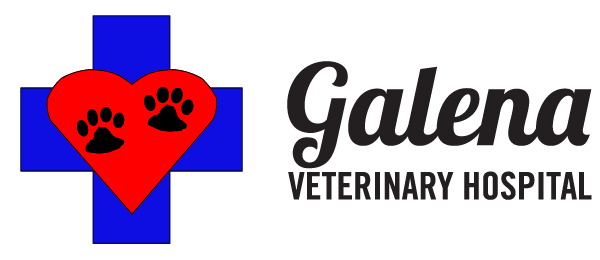Educational Articles
-
E-cigarettes are battery-operated devices used to create and inhale an aerosol composed of nicotine, flavorings, and other chemicals. If a companion animal ingests an e-liquid, signs of nicotine poisoning occur rapidly. The nicotine associated with e-cigarettes, even without tobacco, poses a serious health threat to dogs and cats.
-
Eclampsia in dogs is an emergent condition of hypocalcemia that generally occurs one to four weeks after whelping but can also occur shortly before giving birth. Risk factors include a poor diet, small breed dogs, abnormal parathyroid gland, and calcium supplementation during pregnancy. Signs of eclampsia start as restlessness, panting, and stiffness and can progress to disorientation, tremors, inability to walk, and convulsions. Treatment includes intravenous fluids, careful intravenous calcium supplementation, and other supportive medications. This is followed by oral supplementation and weaning puppies as soon as possible or supplementing their diet with milk replacer.
-
There are many types of emergencies, but initial care is similar: stay calm, keep your dog warm and quiet, contact your veterinarian, and get help to transport your pet to a veterinarian. Common emergencies are described including gastric dilatation and volvulus (GDV), acute hemorrhagic diarrhea, anaphylaxis, automobile injury, seizures, respiratory distress, eye injury, eclampsia, heatstroke, heart failure, toxin ingestion and collapse.
-
Epileptic seizures in pets are a diagnosis of exclusion and may be found in any dog but there may be some breed predispositions that are more common. The cause is often unknown. A variety of medications are available to help control the seizure activity if an underlying cause is not found.
-
Ethylene glycol, a sweet-tasting, odorless liquid, is the active ingredient in antifreeze. Ethylene glycol can also be found, in lower concentrations, in some windshield de-icing agents, hydraulic brake fluid, motor oils, solvents, paints, film processing solutions, wood stains, inks, and printer cartridges. Ethylene glycol is poisonous to dogs: as little as half a teaspoon per pound of a dog's body weight can result in death. Immediate treatment is essential.
-
All glues containing isocyanate and diisocyanate can expand. Pets exposed to a very small amount of wet or liquid expanding glue may consume enough product to be problematic. Foreign body obstruction due to a mass of expanded glue in the stomach is the most common outcome in dogs ingesting expanding wood glues. After abdominal X-rays confirm the presence of a glue mass and obstruction, surgery is required to remove the mass, or endoscopy in mild cases. The prognosis for recovery from expanding glue ingestion depends on the removal of the mass.
-
Fading puppy syndrome describes puppies that decline in health and die within about two weeks of birth. Neonatal puppies are fragile and so there can be many causes of this syndrome including birth defects, inadequate care from the mother, poor health status of the mother and/or infectious diseases. As well as addressing a specific cause, treatment focuses on maintaining hydration and warmth while providing adequate nutrition. Environmental hygiene is extremely important.
-
The sight of blood is frightening for many people, especially when an injured dog is bleeding. With quick first aid, the situation is not as scary. An injured pet is scared and in pain so be sure to take precautions to avoid being bitten. You may need to use a muzzle or have someone restrain your dog while you provide first aid. Keeping wounds covered with pressure to slow the bleeding is the first step. Minor injuries may be manageable at home, but larger wounds and internal bleeding require immediate veterinary care.
-
Broken nails are acute, painful injuries that require first aid, and in some cases, a veterinary visit. Bleeding should initially be controlled with pressure from gauze or a towel, followed by cauterizing powder if needed. Any remaining damaged part needs to be removed, which usually requires veterinary care. Broken nails are best prevented by keeping all nails short through regular trimmings.
-
Medical emergencies occur suddenly and without warning. It is important for all dog owners to have a basic understanding of common veterinary medical emergencies and basic first aid for their pets. This handout provides guidelines you can follow in the event that your dog is experiencing shock and/or requires rescue breathing or CPR. In any emergency situation with your pet, contact your veterinarian or closest emergency facility immediately.
